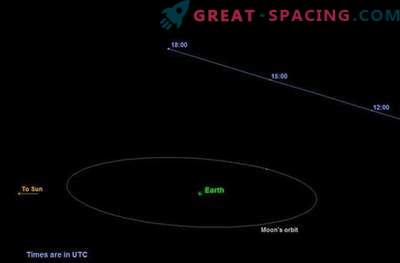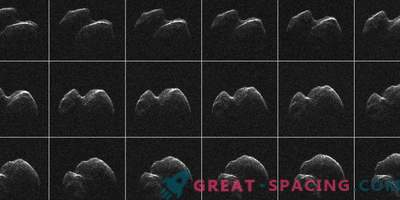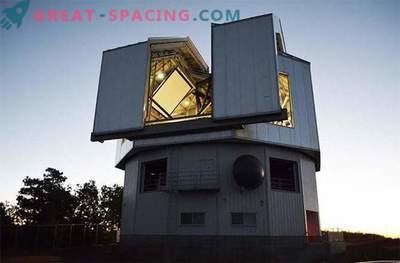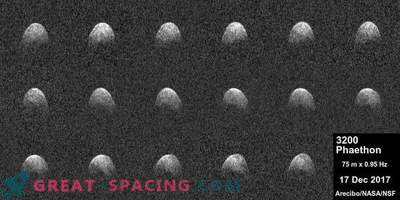
Asteroid 2004 BL86, which is about 1,800 feet (550 meters) wide, traveled 745,000 miles (1,200,000 km) from our planet, which is three times the distance from Earth to the Moon. Although this passage does not pose any threat to the Earth, it gave us a rare opportunity to get a detailed look at the asteroid, officials from NASA say.
Scientists want to study 2004 BL86 to determine its orbit, observe its surface, and even discover the moon. The plan is to track fast moving asteroids using the NASA Deep Space Network's 230-foot (70 m) bowl-shaped Goldstone antenna, as well as the Arecibo 1000 foot (305 m) Observatory in Puerto Rico.

1000 foot (305 m) Arecibo Observatory in Puerto Rico.
“For objects that are so close, these detailed radar observations are similar to the passage of a spacecraft near an object,” said Lance Benner, principal investigator of an asteroid's Goldstone observation, from the NASA Jet Propulsion Laboratory in Pasadena, California. The resulting black and white images can reveal unprecedented details about asteroids, while most ground-based telescopes can see only a white point of light. But the first item in the study will be the determination of the location of the cosmic stone in space and time. This will allow a better understanding of the orbit of the object and its future movement, scientists say.
"Despite the fact that 2004 BL86 does not pose any threat to the Earth in the foreseeable future, this is a good opportunity to study the asteroid in detail," said Benner.
Benner also claims that this study will benefit commercial companies that plan to visit and develop asteroid mines in the future.
Researchers expect to receive high-definition images that will reveal the details of the 2004 BL86.
“As expected, this will be the best radar-visual observation of this calendar year,” said Benner.











































